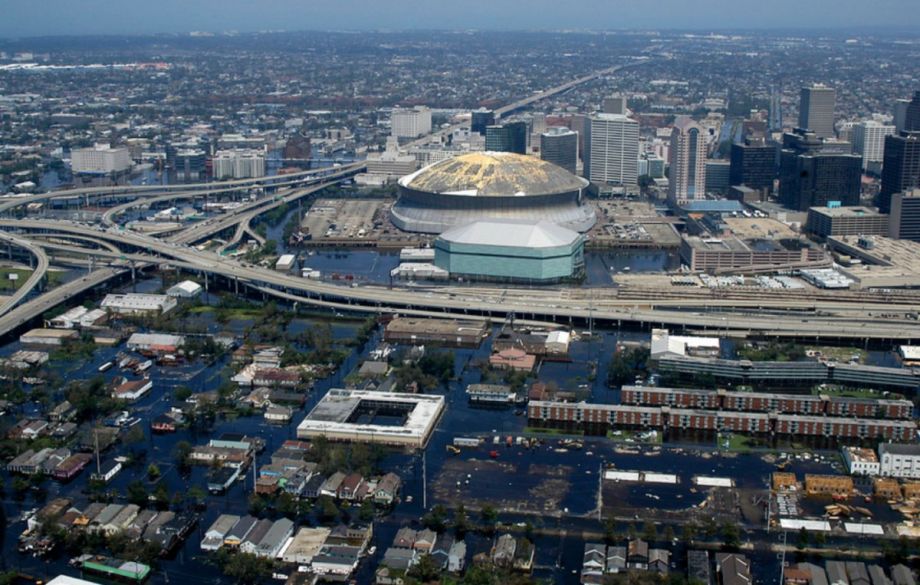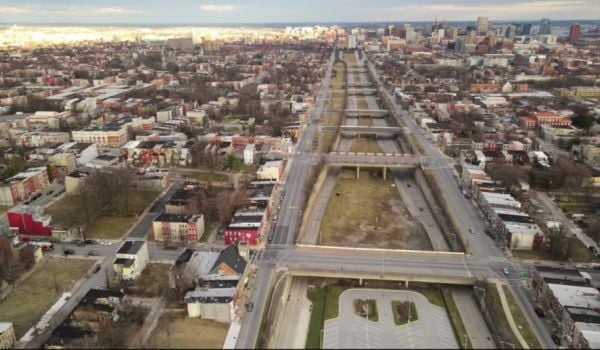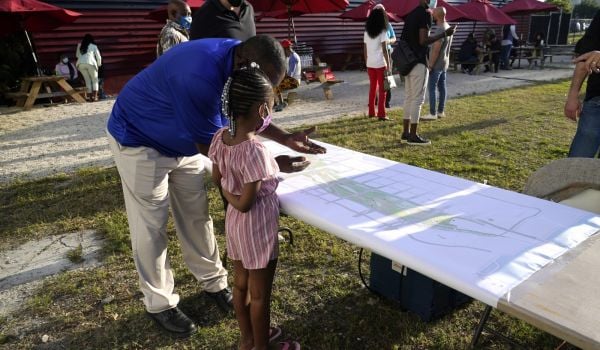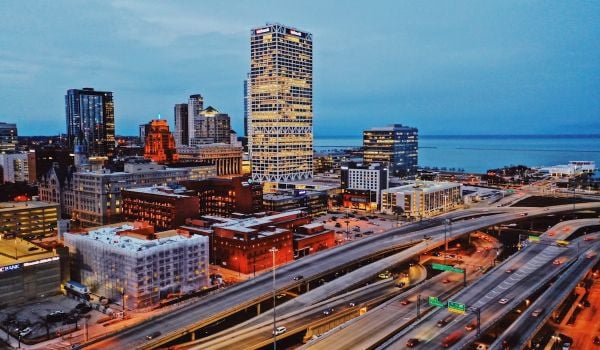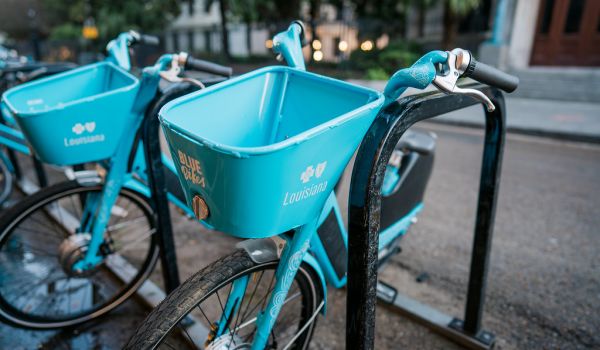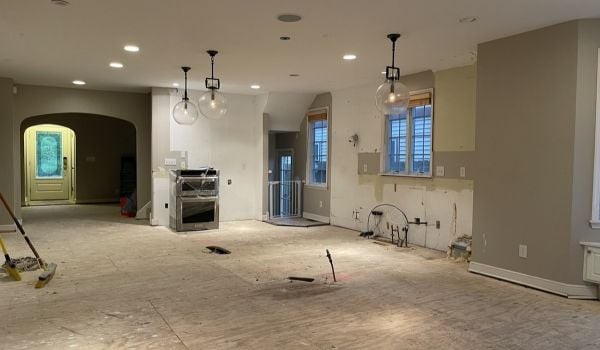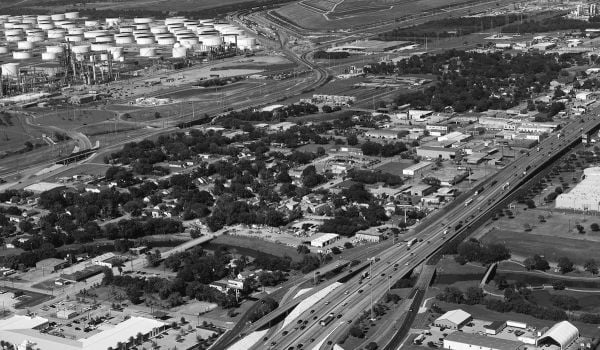With this column, the Grassroutes Column concludes its journey throughout the southern United States for a series about urban regeneration and transportation called New Directions for the Old South; On the trip, I discussed Raleigh (Part 1 | Part 2), Knoxville, Nashville, Interstate 69, and Clarksdale.
For another take on the removal of this highway, please see “The State of the Interstate,” now available in Issue 28 of Next American City.
No matter what, New Orleans will have to do something about its Claiborne Avenue Expressway in the coming decade, because after more than 40 years of service, it has seen better days and needs renovation.
On the one hand, the city could choose to rebuild its aging structure at a likely cost of tens of millions of dollars. On the other, it could demolish a 2.2-mile stretch of the road, replacing it with a planted boulevard. The choice could make a big difference in the way residents of the city choose to get around in the future.
If it made the latter choice — increasingly a possibility if you take one step further than Mayor Mitch Landrieu does in some recent statements — New Orleans could join the growing list of American cities that have decided to eliminate an urban freeway, once and for all.
“If this happens, it could be game-changing,” Jeffrey Schwartz told me recently. Schwartz is the founder of a transportation advocacy group called Transport for NOLA and the head of the Broad Community Connections organization, which works to improve a community district in the city. I met with him and Stephen Crim, a planner at the Gulf Coast Community Design Studio in Biloxi and also involved in New Orleans transportation issues, at a coffee shop to discuss the issues.
To both of them, demolishing the Claiborne Expressway, which runs just north of the French Quarter, could have a real effect in encouraging redevelopment of some of the city’s less-wealthy and sometimes forgotten areas.
Schwartz emphasized to me the context in which the highway had been built. It replaced a wide boulevard lined with big, beautiful trees. The areas nearby “used to be some of the most affluent African-American communities in the country,” he said. Along Claiborne, “there used to be 160 businesses; now I don’t think there are thirty.” Keeping the road in place seems unlikely to help matters much, since the elevated highway literally cuts a scar through the neighborhood and fills the air with the smell of gas and the noise of automobiles.
New Orleans has proposed this highway take-down in the past: After Katrina, the 2007 Unified New Orleans Plan suggested doing as much, but its recommendations have not been supported with funds or much politician supports. Nonetheless, the publication earlier this summer of a report detailing the possible elimination of the road brought the issue back into public discussion.
Removing the highway and replacing it with a boulevard would increase travel times for those now using the highway by between three to six minutes, but little else would change for the average driver.
For the pedestrian, however, taking the highway out would mean a whole new way of thinking about the urban environment in New Orleans. Said Crim, “the basic structures of the neighborhoods are still around,” but connections are really lacking. Both he and Schwartz noted that Claiborne connects four major public housing projects, two sports franchises, two hospitals, and several historic neighborhoods. It has the potential to be the city’s most important main street, especially if the boulevard redevelopment incorporated some sort of transit investment as well.
But any major change won’t come easily in what is famously known as a city that is slow to act. Convincing people used to highways that removing one would produce benefits is always a difficult task. And to hear it from Schwartz, any radical idea won’t go too far. “In New Orleans’ case,” he said, “There is no leadership on transportation.”
Crim suggested that the best course would be to encouraging thinking about what kind of environment New Orleans wants in order to prepare it for a different future. “We need to build this kind of support to make these decisions later. It’s really about getting people here excited.”

Yonah Freemark is a senior research associate in the Metropolitan Housing and Communities Policy Center at the Urban Institute, where he is the research director of the Land Use Lab at Urban. His research focuses on the intersection of land use, affordable housing, transportation, and governance.

